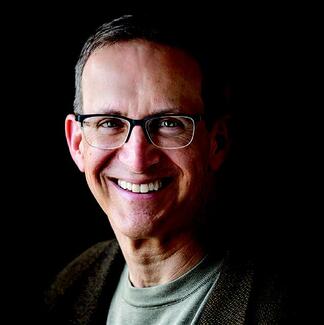Links Between Alopecia Areata and Auditory Dysfunction
According to a study published in Cureus, there is strong supporting evidence on the association between alopecia areata (AA) and auditory dysfunction.
Researchers aimed to investigate the link between AA and hearing problems, emphasizing the need to monitor and address auditory challenges in patients with AA. They conducted a study involving 32 individuals diagnosed with AA and a control group of 29 healthy volunteers. Data such as age, gender, onset age, family history, and disease duration were collected. Audiologic and otologic evaluations were conducted, which included pure-tone audiometry, speech discrimination tests, and distortion product otoacoustic emission (DPOAE) measurements at various frequencies. The participants were divided into 2 age groups, age 18 to 25 years and older than age 25 years, to assess potential age-related differences.
Results showed significant differences in DPOAE values at 1 kHz SNR and 6 kHz SNR. Gender-based analysis revealed lower DPOAE values at 2 kHz SNR in men compared to women. Although no significant differences were found in audiologic parameters based on age, variations in OAE values were observed. Notably, values such as 4 kHz DP1, 500 Hz SNR, and 1 kHz SNR were significantly lower in patients older than age 25 years.
“Our study contributes to the growing body of evidence supporting an association between AA and auditory dysfunction, emphasizing the need for comprehensive assessment and management of hearing-related issues in individuals with AA,” the authors concluded.
Reference
Aliyeva A, Yagiz Agayarov O, Dogan EI. Assessing auditory and cochlear function in alopecia areata patients: Exploring the link to cochlear melanocyte damage. Cureus. Published online September 8, 2023. doi:10.7759/cureus.44882
























